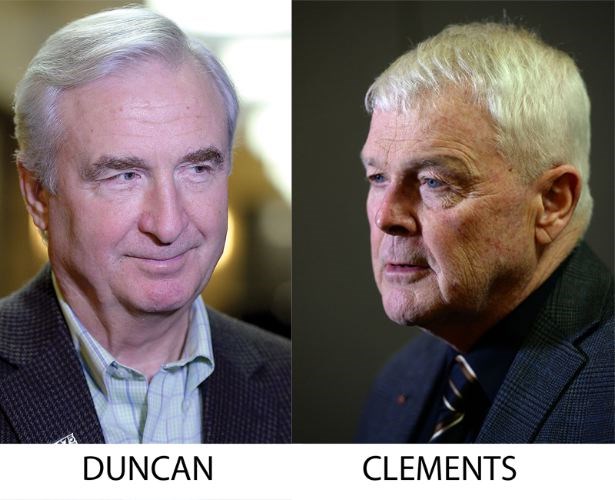Fort McMurray Airport president Scott Clements knows a few things about the relationship between natural resource booms and airport development.
Clements was in Prince George Wednesday and Thursday to share the lessons he's learned at a workshop held by the B.C. Aviation Council. Passenger volumes at the airport, which serves as a hub for oilsands development in Alberta, grew 25 per cent in 2013 and 2012, and 11 per cent in 2011.
"We had 1.2 million passengers by the end of 2013. That was the design capacity of the [new terminal] building we haven't moved into yet," Clements said. "[We] have a master plan for 20-25 years... we're already at the year 2030 in terms of growth."
The new terminal, slated to open on June 9, was part of a $260 million airport expansion program in Fort McMurray. Currently the airport operates out of a terminal built in 1985 and designed to handle 250,000 passengers per year, he said.
The airport is crowded, busy and lacks basic infrastructure - such as more than one luggage carousel - to handle the volume of passengers, Clements said.
Because of where the terminal is built, expanding the existing building was impossible, he said.
"Make the right assumptions about growth, but make sure you can expand," Clements said. "Vision is vital to any organization."
Alberta's oilsands industry directly employees about 90,000 people currently and that is expected to grow to more than 900,000 jobs in 25 years, he said. But many of those jobs are not within driving distance of Fort McMurray, which creates its own logistics challenges.
"Workers come from all across Canada to work in the oil patch, and the majority of them fly," he said. "A lot of that oil is located a long way from the community and without any road access. There is 47 airports in the region. Twelve airstrips in the area are very busy."
Clements, a former lieutenant-general in command of the Royal Canadian Air Force, said he was alarmed by the amount of passenger planes flying to and from these small, uncontrolled airstrips in the region.
After some advocacy on his part, a Regional Aviation Advisory Group was formed to study and provide recommendations on how to manage the volume of regional flights.
"There are no Transport Canada regulations that ever [foresaw] this situation we're managing," he said.
Fort McMurray's success has created new revenue for the airport, but also creates challenges.
Staff wages are high, because they have to be to compete with other local employers, he said.
In addition, undeveloped Crown land can be worth millions per hectare in Fort McMurray, he said, which was prohibitively expensive for an airport looking to expand its footprint with a new terminal and runway.
"[And] getting money from public sources for airports is hard, to say the least," he said.
The Fort McMurray Airport Authority recently signed a deal to purchase 450 acres of Crown land for the development of a second runway after years of negotiation, Clements said. That only occurred after the Regional Municipality of Wood Buffalo - which includes the former City of Fort McMurray -city council agreed to contribute $25 million to the airport's expansion plan, Clements said.
"Sometimes your municipality look at [the airport] as a cash cow," he said. "[But] our municipality was been key to our success. They... understand it's theirs. Air transport is so vital to any business in Canada, the U.S. or anywhere in the world."
Lessons for B.C.
B.C. Aviation Council chairperson Mark Duncan said the reason Clements was brought to share his experience at the council's first workshop outside the Lower Mainland is because Northern B.C. needs to learn from Fort McMurray's experience.
"Terrace's airport last year had 38 per cent [passenger] growth, and I believe Prince George had 14 per cent growth - and that's before any [major resource project] approvals," Duncan said. "Terrace has done a master plan, and they've looked out 20 years. [But] if 20 years of growth happens in four years, than plans have to change."
Clements and his board of directors in Fort McMurray had to "come up with a plan on the fly," to manage the challenges of rapid boom, Duncan said.
In the case of Prince George, some of that work has been already done in the form of a multimillion dollar runway extension and new fueling facilities.
"I suspect with the LNG development and just-in-time delivery, that runway is going to be very useful," Duncan said. "It really is going to catch up, and catch up rapidly."



